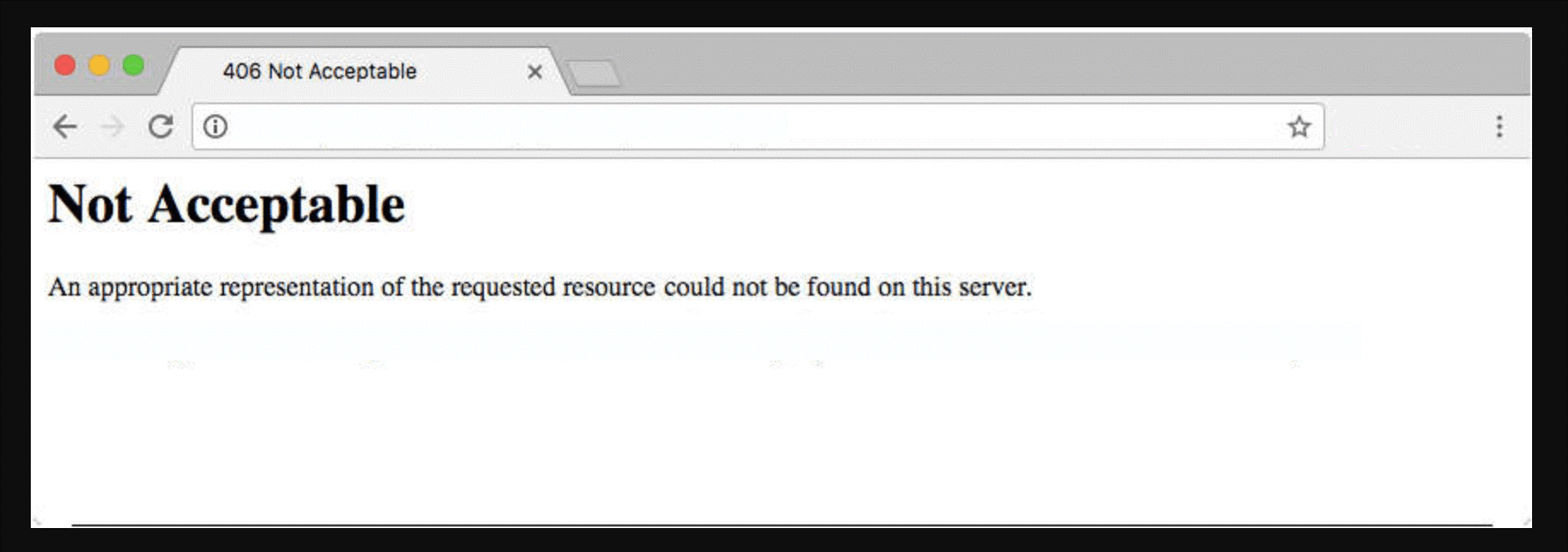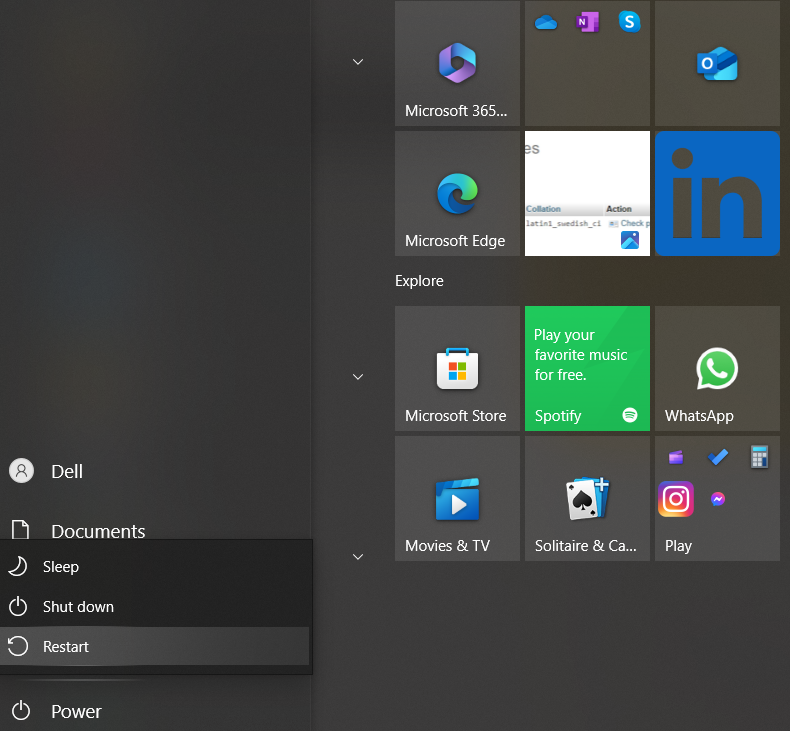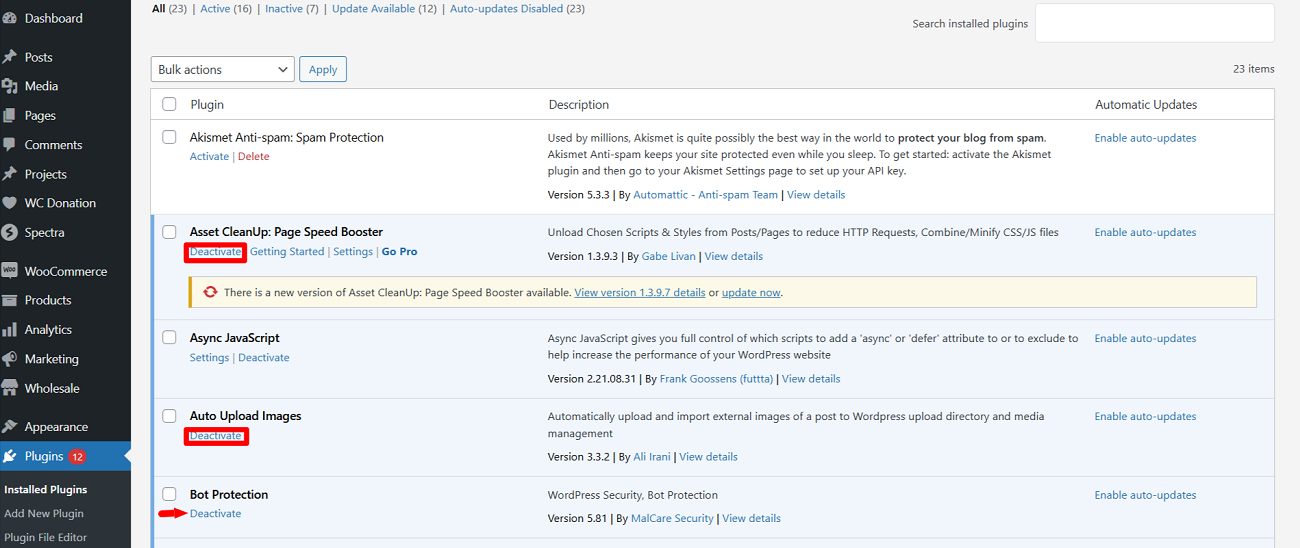In reality, client and server-side errors or issues do not occur frequently; we call them status codes or HTTP responses. The ‘406 Not Acceptable’ or ‘406 error’ is another status code or HTTP response.
Users can experience the 406 error when they visit a site, which can frustrate them. Website owners and developers must solve this annoying HTTP response error as early as possible. Otherwise, they can face issues such as decreased conversions and sales.
This blog post will describe the ‘406 Not Acceptable’ error and how to resolve it appropriately.
What Do You Mean By 406 Not Acceptable Error?

406 Not Acceptable Error messages are less common than 500 HTTP, 301 HTTP, and 404 HTTP errors. This is the main reason you do not see this client-side error often. As you know, the status code 406 Not Acceptable refers to an HTTP response code.
When web browsers request information from the server, they provide an Accept header that informs the server which data types the browser will likely accept. If the server does not transmit data in any HTTP codes mentioned in the Accept header, users will experience a 406 Not Acceptable error.
However, you can still experience this error and see the error message that shows:
- Not Acceptable
- An appropriate representation of the requested resource could not be found on this server.
- Moreover, it highlights the ‘requested source’ that denotes the problem alongside server information and other messages.
Possible Causes Behind the 406 Not Acceptable Error
When a user opens or accesses a web page, the web browser sends requests, including Chrome, Firefox, Brave, etc., such as website content and files. The browser communicates with the server, notifies what a user needs, and the server delivers the required information.
When a web browser requests for the first time, it notifies the server regarding file types it may accept. This relates to the Accept-Header request, which informs the server to send the desired files correctly. This allows the server to provide the required website or web app, starting with the header.
Sometimes, a server does not respond to a web browser’s request if it is not in the required format. A 406 error suggests that the server is not offering the required information. There are a few ‘bad formats’ and rule violations in header requests, including:
- Accept-ranges
- Accept-encoding
- Accept-language
Accept-ranges
A few servers allow a particular file size limit while responding. Users will likely see a 406 error if the answer sends so many bytes more than the permitted range.
Accept-encoding
In Accept-encoding, the header compresses files and sends them from the server to the web browser. If specific encoding formats and methods are not recognized, you can anticipate an HTTP 406 Not Acceptable error.
Accept-language
Accept-language is an HTTP header that helps specify the desired languages for content.
How to Fix HTTP 406 Not Acceptable Error?
When fixing the HTTP 406 Not Acceptable error, you can follow different troubleshooting methods, such as:
- Check the URL.
- Restart Your Devices and Networks.
- Revert Your Recent CMS Changes.
- Uninstall and Reinstall Plugins, Themes, and Extensions.
Check the URL
Checking the URL is one of the easiest methods to overcome the 406 Not Acceptable error. Therefore, you must check if the URL you have typed is correct. You may see the HTTP 406 error code message on your screen if it is incorrect.
Thus, you should rectify the incorrect URL to ensure your browser sends the request to the correct location with the proper format, allowing the server to process it accurately.
Restart Your Devices and Network
Restarting devices and networks helps eliminate the 406 error in the right direction. Furthermore, this method lets users refresh their network connections, which can resolve connectivity issues or DNS problems.

In addition, you can remove the modem and router plugs from the socket and wait for a few seconds. Now, put the plugs back in the socket and wait until the devices restart fully and connect to the internet.
When your modem and router start working again, connect your computer or device to the network and reopen the URL to see if the 406 Not Acceptable has disappeared.
Revert Your Recent CMS Changes
If you use WordPress as a content management system, check when you last updated it. Sometimes, there is a strong likelihood that plugins and themes may conflict with the website files and result in the 406 Not Acceptable error.

Therefore, you must roll back recent upgrades or changes to the core files. WordPress users can move their sites to previous versions by downloading the old versions. They should visit the WordPress release archive to download the earlier versions.
Uninstall and Reinstall Plugins, Themes, and Extensions
Unfortunately, WordPress plugins, themes, and extensions can cause the ‘406 Not Acceptable’ error. Therefore, disabling plugins, themes, and third-party extensions is highly recommended. Once you perform this activity, check if the HTTP error code 406 has disappeared.

Deactivating plugins allows you to eradicate WordPress’s WSoD (White Screen of Death) error.
Other Error Codes Users Must Know
Apart from the HTTP error code 406, users must understand other error codes, such as:
Wrapping Up
We hope you liked our blog post explaining how to fix 406 errors using various troubleshooting methods. As mentioned, you will not frequently see this client-side issue as this isn’t one of the common WordPress errors. However, you must fix it occasionally if your configuration is outdated or incorrect. Hopefully, the above methods will help you bypass the 406 Not Acceptable error. Remember, you must create a site backup before applying these troubleshooting methods.